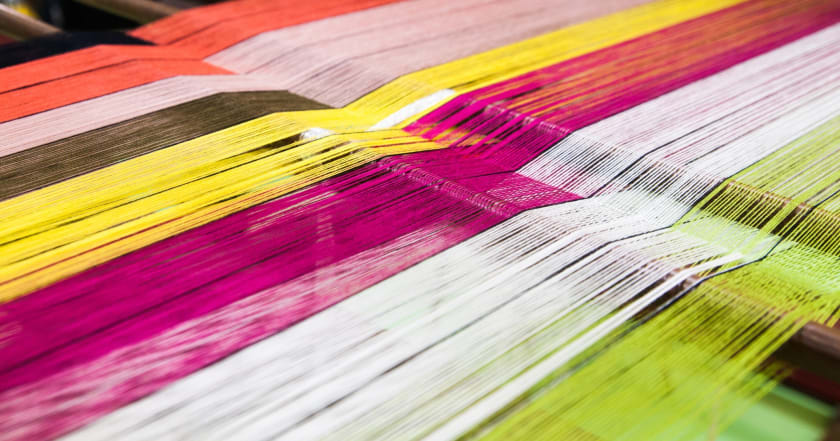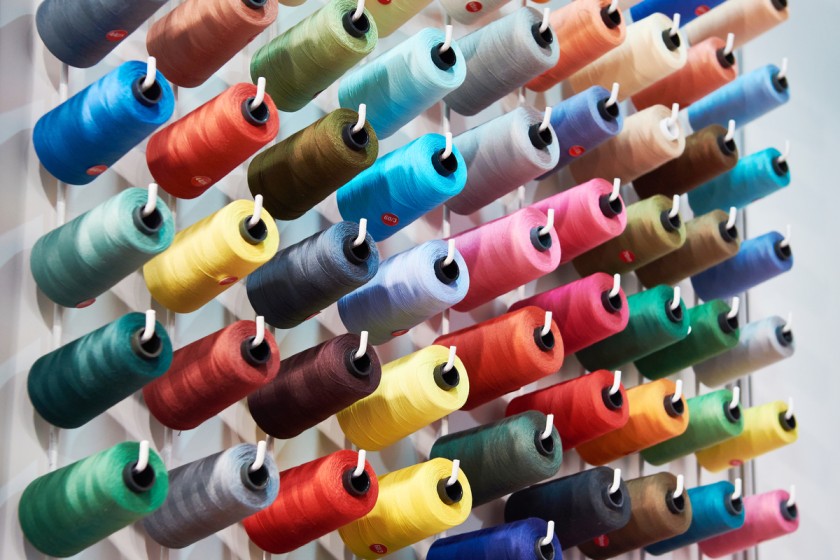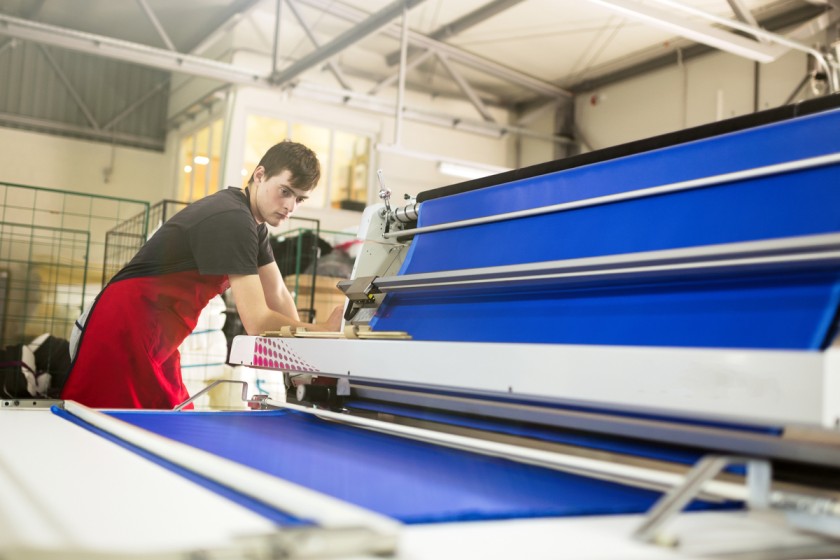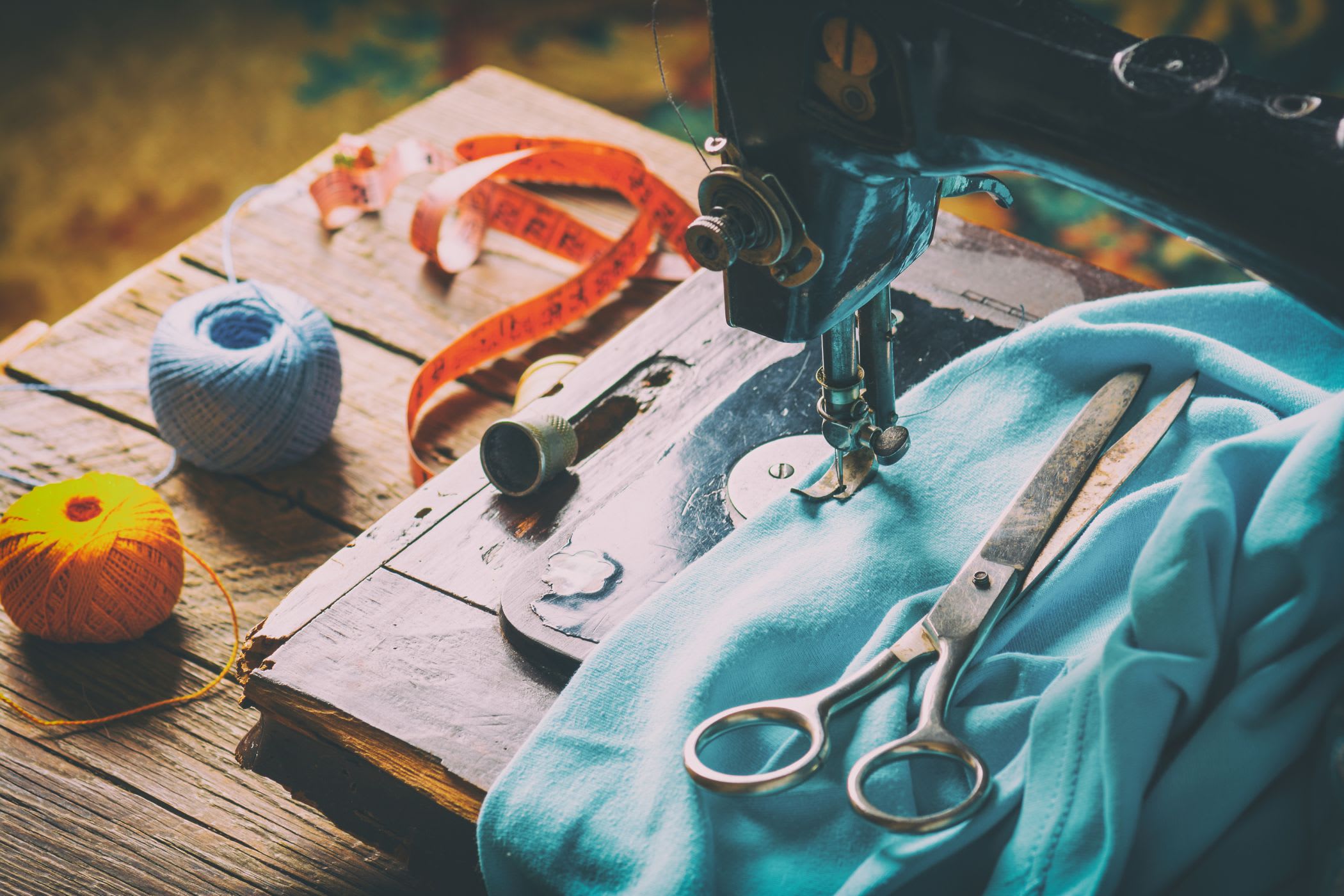10 Reasons Why You Should Invest In Textile Consultants



Yarn and fabric manufacturers, suppliers in the natural and hand-made fiber sectors, dyers, printers, finishers, machinery, and textile chemical industries in the apparel industry, make up the textile industry, its domestic suppliers, and customers.
The textile industry in the countries, as well as its suppliers and customers, are vital to their economies. For years, the sector has provided much-needed jobs in rural areas and served as a catapult for workers out of poverty into well-paying jobs. Finally, this industry plays a significant role in high-tech innovation. Textiles are currently used in a wide range of applications, from heart valves and stents to aircraft hulls and advanced body armor.
1. Presence Across Entire Value Chain And Quality Improvement
This industry ranges across different countries worldwide and depends on imports of raw materials like yarn and fabric. The Textile Commission facilitates the textile industry's fabric manufacturers to improve their quality levels and get recognition by quality certification.
2. Foreign Direct Investment (FDI) Policy
In India, 100% FDI is permitted in the textile sector under the automatic method. To the permissible limit under the automatic route, FDI in sectors does not require prior approval from the Indian Government or the Reserve Bank of India (RBI). The only need is that the investors notify the RBI Regional Office concerned after 30 days of receiving the in-word remittance.
The governments have been collaborating on substantial projects to strengthen the technical textile industry in their respective countries. Governments are assisting the industry by providing financing and machinery sponsorship.
3. Low Costs And Manufacturing Flexibility

Some countries like India have lower costs relating to raw materials, wastage, and labor, compared to other countries. Recent studies show that countries like India have labor costs that are the lowest globally, a small percentage of those of the leading countries. In India's textile sector, the fabric manufacturers have a modest average scale of operation that results in increased production flexibility. Small-run manufacturing is second nature to Indian companies, and they have skilled labor with the capacity and motivation to work on complex designs.
As a result, India can produce not only huge orders but also smaller and more intricate ones. In other nations, such as China, the textile industry is more industrialized. Production lines are generally intended to handle relatively simple designs that can be readily broken down and mass-produced. The fashion industry, which often requires small lots of complicated designs, can benefit greatly from India's textile industry's flexibility. India also offers versatility in its ability to handle a variety of materials with equal competence, such as cotton, wool, silk, and jute.
4. Lower Lead Times
Developing countries have a fully developed textile value chain that stretches from fiber to fabric to garment exports by fabric manufacturers today. The availability of capabilities across the whole value chain within the countries is beneficial since it decreases manufacturing lead time and intermediate shipment time. This advantage has been used by these textile companies to integrate their operations, either forward or backward.
5. Favorable Demand Conditions
With rising disposable income, consumer knowledge, and willingness to spend, the demographic trends of various countries are shifting. According to NCAER data, the Consuming Class, defined as those with an annual income of US$ 980 or more, is expanding and will account for more than 80% of the population by 2009-10 in India.
A shift in consumer attitudes has increased consumption of personal care and leisure products, as well as branded goods. These developments present excellent growth potential for businesses in a variety of industries, including textiles. The retail sector is undergoing a change, which is supporting the rising demand for consumption. The fast growth of supermarkets, malls, theme stores, and franchises across urban areas is strengthening organized retail's position in shaping their domestic markets.
6. Strong Presence Of Related And Supporting Industries
The textile industry is supported by well-established supporting industries and institutes that provide design, engineering, and machinery, and knowledge.
7. Textile Machinery And Industry Competition
The textile engineering sector, which began as a spin-off from the textile industry, has grown to become the countries' largest segment. The textile machinery manufacturers can build sophisticated machines with increased speed and production capability at reasonable pricing, benefitting fabric manufacturers. The textile sector benefits greatly from the companies' well-developed IT capabilities.
Despite a large and growing market, the textile industry is highly competitive due to a large number of small-scale players. In addition, several multinational corporations (MNCs) have entered India in various capacities. The industry's high degree of competition forces businesses to endeavor to improve productivity and innovation. India is now one of the most cost-effective producers of high-quality textiles, not only because of its inherent advantages, but also because industry competition has pushed companies to focus on quality improvement, cost reduction, and productivity growth.
8. Government Support And Availability Of Large Pool Of Skilled And English Speaking Manpower

To help textile and garment manufacturers compete on a global scale, the governments of various countries have created several support schemes. The schemes are aimed at improving technology, developing infrastructure, and promoting exports, among other things.
Last year, the Indian government announced a US$ 1 billion per year special package for garment and made-up makers for the next three years. Several state governments have also introduced textile policies targeted at luring investment to their respective states.
Soon, the countries' demographic dividend will enable it to lead as a maker of labor-intensive products such as textiles and garments. With a greater emphasis on quality, the demand for skilled labor is expected to rise shortly. As a result, the governments have taken many steps to establish a skilled manpower pool in their countries.
English is widely understood and utilized as a means of communication, both verbally and in writing. Another significant benefit of establishing operations globally, whether for sourcing or manufacturing, is the availability of skilled labor.
9. Product Development And Presence Of Complete Value Chain
The countries around the globe have developed enough infrastructure at all stages of the textile creation process, including design, sourcing, retailing, and production. Several colleges provide Textile Engineering courses. As a result, the countries have the necessary infrastructure to create competent and skilled labor in the fields of textile design and engineering.
This strength of the fabric manufacturers has been used by the companies to gain a competitive advantage – the ability to contribute to the design process, not only in the preparation of samples and prototypes but also in the translation of concepts into a variety of finished designs, as well as the introduction of their designs.
Some countries like India worldwide have fabric manufacturers at all levels of the value chain, from fiber to filament to garments and made-ups. On the other hand, Bangladesh, Vietnam, Sri Lanka, Myanmar, Ethiopia, and Cambodia have fragmented value chains, focusing mostly on end-products and relying on other nations for fabric and yarn.
10. Social, Political, And Economic Stability
Most countries have cultural variety, with numerous civilizations and religions coexisting. Almost half of their population is under the age of 25, which means they will soon enter the workforce and add to the country's growing purchasing power. In terms of education and literacy expansion, they have made significant progress and improvement and contributed to economic development. Their governments are stable and helpful, and it has played a key role in crafting business-friendly policies.
Some textile bases, such as Bangladesh, Pakistan, and Ethiopia, are hampered by political and social instability. However, countries like India have a stable government that enables a secure environment for multinational corporations to build their base.
The governments have worked hard to improve economic processes to attract foreign investors, boost international trade, and increase transparency. As a result, according to the Department of Industrial Policy and Promotion of the Government of India, FDI inflows into India in the 2017 calendar year totaled $43 billion. In the last 16 years, India has received a total inflow of US$ 484 billion, making it one of the most desirable investments and commercial locations in the world.
Conclusion
Top players in the industry are achieving sustainability in their products by using recyclable natural resources to create textiles. The textiles industry appears to have a bright future, driven by robust domestic as well as foreign demand. With rising consumerism and disposable income, the retail sector has seen considerable growth. Increased discretionary income has resulted from strong economic growth. Therefore, demand for the products has increased, resulting in a massive domestic market. Through the analysis of the benefits of fabric manufacturers in the textile industry, one can expect a high rate of return on investment.
Reach out to Fashinza for more.



















